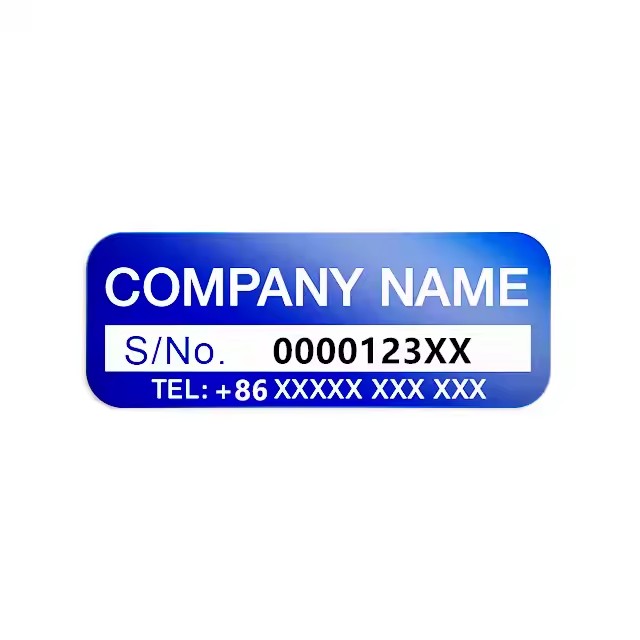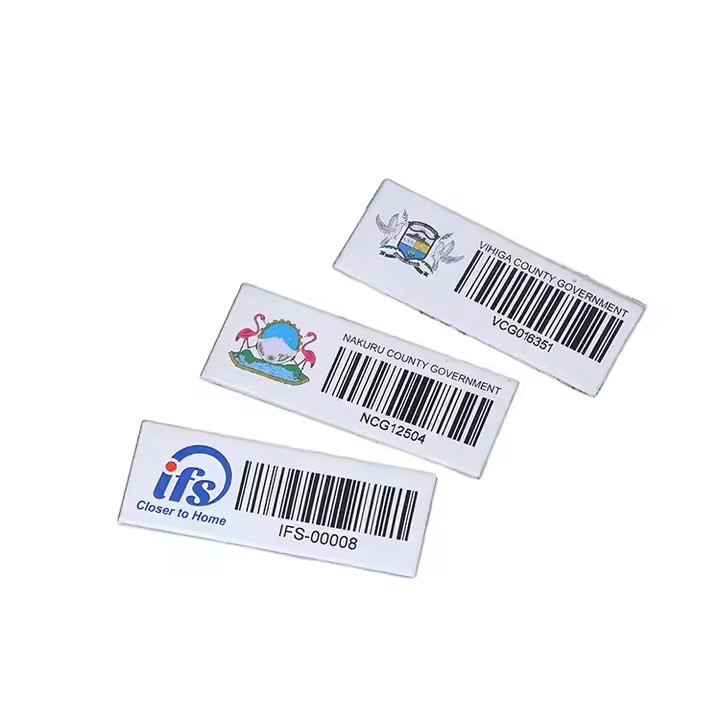Material Selection and Performance Comparison of Metal Labels
What Are Metal Labels? An Introduction to Common Types
21/07/2025
Suitable Applications for Different Types of Metal Labels
23/07/2025Material Selection and Performance Comparison of Metal Labels
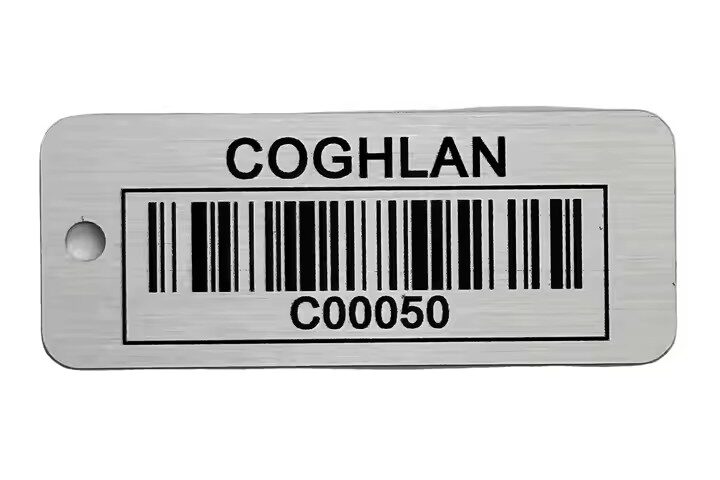
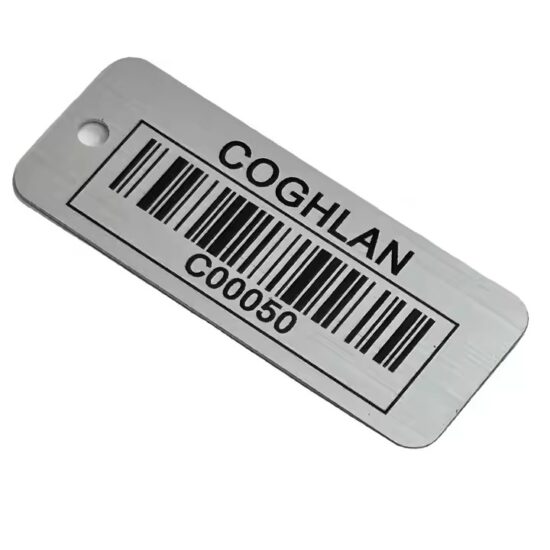
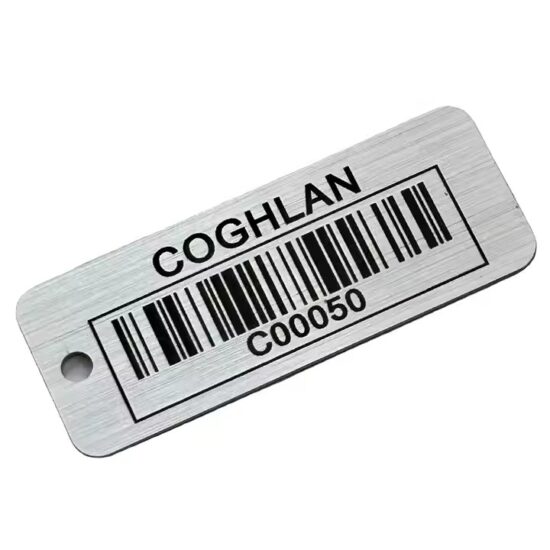
Material Selection and Performance Comparison of Metal Labels
Metal labels are essential for applications where durability, clarity, and aesthetics are critical. They are widely used in industries such as manufacturing, electronics, wine & spirits, automotive, and luxury goods. However, choosing the right metal for your label can greatly impact its performance and cost-effectiveness.
This article explores the most commonly used metals for labeling and compares their properties to help you make an informed choice.
1. Why Material Matters in Metal Labels
The choice of metal affects:
-
Durability (resistance to corrosion, abrasion, heat)
-
Weight and flexibility
-
Surface finish and print compatibility
-
Cost and sustainability
-
Overall appearance and tactile feel
Understanding the properties of each material helps ensure your labels perform optimally in their intended environment.
2. Common Metals Used in Labels and Their Properties
✅ Aluminum
-
Key Features: Lightweight, corrosion-resistant, cost-effective
-
Finish Options: Anodized, brushed, matte, glossy, colored
-
Performance: Excellent for both indoor and outdoor use.
-
Use Cases: Wine labels, electronics, branding plates, asset tags
-
Pros: Lightweight, customizable, recyclable
-
Cons: Softer than steel, may scratch more easily
✅ Stainless Steel
-
Key Features: Extremely durable, high resistance to heat, corrosion, and chemicals
-
Finish Options: Polished, brushed, bead-blasted
-
Performance: Ideal for harsh environments and industrial applications
-
Use Cases: Machinery, outdoor signage, safety and compliance labels
-
Pros: Very strong, professional look, long lifespan
-
Cons: Heavier and more expensive than aluminum
✅ Brass
-
Key Features: Decorative, corrosion-resistant, traditional look
-
Finish Options: Polished, antiqued, lacquered
-
Performance: Best for premium, decorative applications
-
Use Cases: Nameplates, luxury packaging, historical signage
-
Pros: Aesthetic appeal, strong, naturally antimicrobial
-
Cons: More expensive, can tarnish over time without coating
✅ Copper
-
Key Features: Soft, highly conductive, unique aging (patina)
-
Finish Options: Natural, oxidized, sealed
-
Performance: Niche applications and design-focused uses
-
Use Cases: Artistic labels, jewelry packaging, vintage branding
-
Pros: Unique appearance, malleable
-
Cons: Expensive, prone to oxidation
3. Performance Comparison Table
| Material | Durability | Corrosion Resistance | Appearance | Cost | Common Use |
|---|---|---|---|---|---|
| Aluminum | Medium | High | Modern, Customizable | Low | Branding, Wine, Asset Tags |
| Stainless Steel | Very High | Very High | Sleek, Industrial | Medium-High | Industrial, Safety, Outdoor |
| Brass | High | Medium-High | Classic, Luxurious | High | Premium Labels, Signage |
| Copper | Medium | Low (uncoated) | Rustic, Aged | High | Decorative, Artistic |
4. How to Choose the Right Metal for Your Label
-
For Outdoor Use: Stainless steel or anodized aluminum for corrosion and weather resistance.
-
For Premium Branding: Brass or brushed aluminum offers a luxurious and polished look.
-
For Lightweight Needs: Aluminum is ideal due to its balance of weight, cost, and finish variety.
-
For Industrial Durability: Stainless steel is unmatched in strength and lifespan.
-
For Unique Aesthetics: Copper adds a vintage, high-end appeal but needs sealing or coating.
🏁 Conclusion
Selecting the right metal for your label is essential to ensure both function and visual impact. Each metal comes with trade-offs in performance, appearance, and price. Consider your application environment, brand image, and durability requirements when making your choice.
If you’re looking for expert advice or custom metal label solutions tailored to your industry, working with a professional manufacturer can help you choose the best material for your exact needs.

